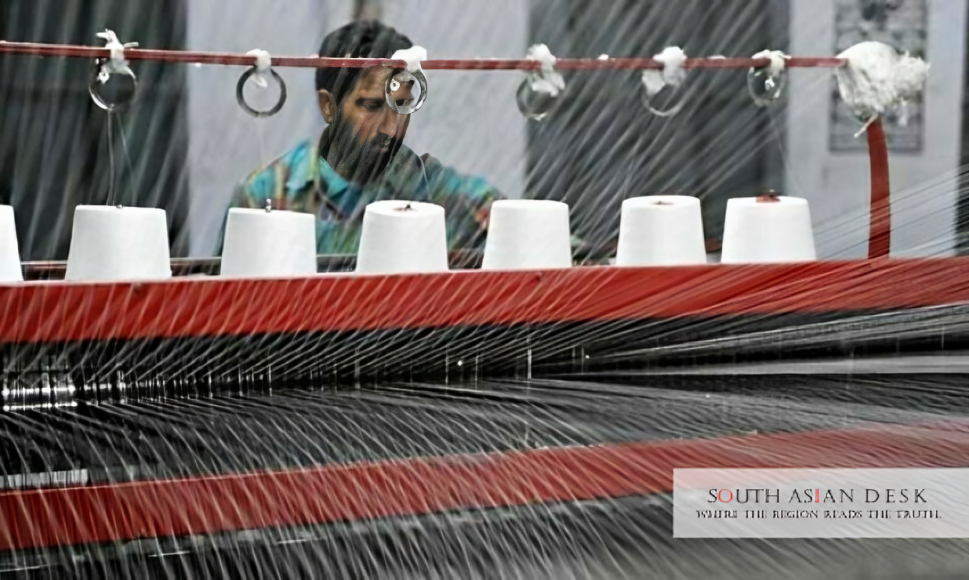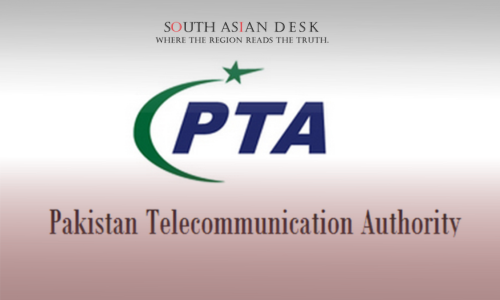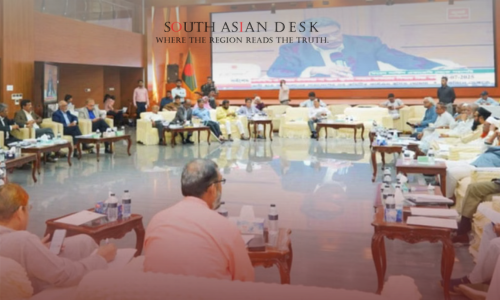ISLAMABAD: Pakistan textile exports decline 2025 continued in September, with shipments falling to $1.57 billion, down 1.99% from $1.61 billion a year earlier, according to Pakistan Bureau of Statistics data. This marks the second straight monthly drop, amid high energy costs and global demand shifts.
The story matters as Pakistan’s textile sector accounts for over 60% of total exports, influencing economic stability across South Asia where similar industries in India and Bangladesh compete for market share and drive regional trade dynamics.
Pakistan Textile Exports Fall September Amid Challenges
Pakistan textile exports fall September by 1.99% year-on-year, though they rose 3.23% month-on-month from $1.52 billion in August 2025. The decline follows a sharper 7.34% drop in August, offsetting a strong 30% rebound in July. Category-wise, knitwear exports grew 3.76% in value, while bedwear fell 0.92% in value and 1.61% in quantity. Towels dropped 5.02% in value, and cotton cloth plunged 25.32% in value and 20.56% in quantity. Yarn exports surged 21.66%, and raw cotton rose 100%, signalling supply issues in value-added areas.
For the July-September quarter of fiscal year 2025-26, textile exports reached $4.77 billion, up 5.63% from $4.52 billion the previous year. Knitwear led with $1.42 billion, up 12.21%, followed by bedwear at $852 million, up 7.28%, and readymade garments at $1.06 billion, up 6.07%. Cotton yarn increased 12.22% to $182 million. However, cotton cloth declined 14.21% to $449 million. These figures highlight resilience in value-added segments despite monthly volatility.
Pakistan Textile Industry Energy Crisis Worsens Competitiveness
Pakistan textile industry energy crisis has intensified, with industrial power tariffs rising from 10.4 cents per kilowatt-hour in May 2025 to 11.7 cents in September 2025. These rates exceed those in competitor nations like India, Bangladesh, and Vietnam, where costs are nearly half. APTMA notes that actual service costs are 8-9 cents per kilowatt-hour, but cross-subsidies inflate charges by PKR 130 billion annually.
High energy tariffs disrupt operations, especially for mills using combined heat and power plants. Gas pricing adds pressure, with industries paying $16 per million British thermal units while surpluses subsidise households at $8. This has led to circular debt exceeding PKR 2.6 trillion in the gas sector and halted exploration in 22 of 23 oil and gas blocks.
Policy shifts compound the issues. The abrupt end of the Export Facilitation Scheme removed incentives without alternatives, delaying refunds and increasing burdens. Water shortages, poor infrastructure, and law and order problems further erode viability.
Fawad Anwar, Chairman of the Pakistan Textile Council, stated: “If urgent corrective measures are not taken, Pakistan risks further closures of export-oriented units and reduced foreign investment. This will not only mean job losses and industrial shutdowns, but also a sharp decline in Pakistan’s foreign exchange earnings at a time when the country cannot afford such shocks.”
Javed Bilwani, former President of Karachi Chamber of Commerce and Industry, added: “More textile units across Pakistan are on the verge of closure as industries continue to operate at a loss. If production costs here exceed the cost at export destinations, how can exports remain viable?”
Zubair Motiwala, a leading industrialist, linked the issues to scheme withdrawal: “The only real solution is the restoration of EFS. If there was a legal issue, it should have been corrected, not abolished.”
Kamran Arshad, APTMA Chairman, said at a press conference: Industrial power tariffs were supposed to be rationalised below 9 cents per kilowatt-hour by April 2025 but have instead increased, and recent policy decisions like the gas levy and forced grid transition have worsened the crisis.
Asad Shafi, APTMA North Zone Chairman, noted: The Competitive Trading Bilateral Contract Market framework is impractical, with wheeling charges of PKR 12.55 per kilowatt-hour and an 800 megawatt cap restricting access to cheaper power.
These challenges reflect broader economic strains. Total merchandise exports fell 11.71% in September to $2.51 billion, dragging the quarter down 3.83% to $7.61 billion. Food exports dropped 45% in September, while imports surged 13.49%, widening the trade deficit to $9.37 billion.
Pakistan textile industry energy crisis risks de-industrialisation. Recent closures include Gul Ahmed Textile Mills’ apparel unit due to losses from high inputs and competition. Multinationals like Procter and Gamble have also scaled back.
Background
Pakistan’s textile sector utilises $25 billion in installed capacity but has stagnated amid recurring crises. Exports peaked at $19.3 billion in fiscal year 2021-22 but fell to $16.5 billion in 2022-23 due to floods and energy issues. Recovery to $16.7 billion in 2023-24 and $17.9 billion in 2024-25 showed promise, but 2025 trends indicate vulnerability. The sector employs 45% of the industrial workforce and contributes 8.5% to gross domestic product.
Global factors include subdued demand in Europe and the US, plus competition from low-cost producers. Domestically, delayed rebates and high costs persist despite government pledges.
What’s Next
Industry groups urge regionally competitive energy pricing, tax reforms with 72-hour refunds, and revived schemes. Without action, more shutdowns loom. APTMA warns stagnant exports and job losses will hinder recovery. Policymakers must address these to sustain growth.
Pakistan textile exports decline 2025 underscores the need for reforms to bolster the sector’s role in the economy.
Published in SouthAsianDesk, October 16th, 2025
Follow SouthAsianDesk on X, Instagram, and Facebook for insights on business and current affairs from across South Asia.






